Oct 28, 2025 10:47 AM
In Memoriam: Jack DeJohnette, 1942–2025
Jack DeJohnette, a bold and resourceful drummer and NEA Jazz Master who forged a unique vocabulary on the kit over his…
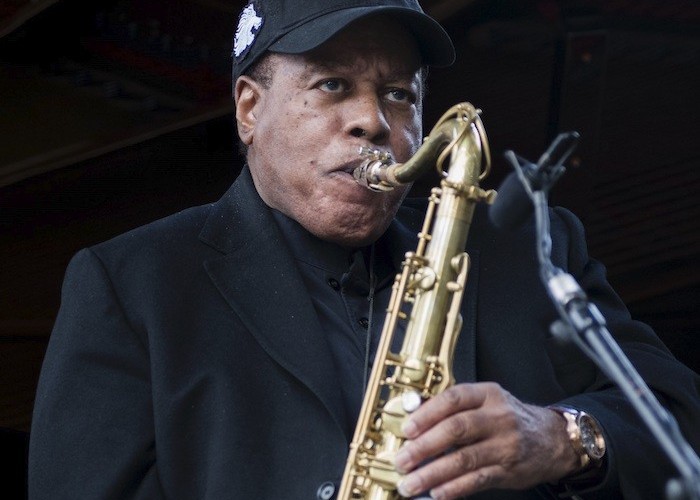
Wayne Shorter topped three categories in the 84th DownBeat Readers Poll: Jazz Artist, Jazz Album and Soprano Saxophone
(Photo: C. Andrew Hovan)Members of Wayne Shorter’s quartet have heard some intriguing anecdotes over the years. “Miles believed in so much of Wayne’s orchestral writing, his large-form writing,” said bassist John Patitucci, referring to Shorter’s stint in Miles Davis’ band. “Not long before Miles passed, he kept saying to Wayne, ‘You gotta expose yourself.’ Because he wanted him to expose all his orchestrational power, and all the large-form things that he’d been working on all his life, sketches and things.
“Miles was the one who gave Wayne the idea to [record Shorter’s arrangement of] ‘Vendiendo Alegría,’ which was on the Alegría record,” Patitucci added. “We played it live a lot too, with orchestras.”
It’s clear that the orchestral portion of Shorter’s Emanon (Blue Note)—which won Jazz Album of the Year in both the 2019 DownBeat Readers Poll and Critics Poll—has been a long time coming. (Shorter also topped the Jazz Artist and Soprano Saxophone categories in the Readers Poll.)
The iconic saxophonist has been performing with symphony orchestras for years with his quartet, which, in addition to Patitucci, includes pianist Danilo Pérez and drummer Brian Blade. “We did stuff with the St. Louis Symphony, the Concertgebouw Orchestra, a lot of European [orchestras],” Patitucci said. “There are a lot of recordings that exist, I’m sure, but they have not come out. We were thrilled that Emanon could happen, frankly.”
The hurdles for having a project like Emanon come to fruition involve not only the cost of recording a large ensemble, but the fact that jazz and classical are seen by many as separate poles in music culture. Shorter, however, frequently has understood and explored many connections between the two genres.
“It’s all wrapped up in forging ahead,” Shorter said. “Like, do you know Mozart’s G minor Symphony No. 40? That can be the cymbal beat in jazz, straight jazz.” He then demonstrated by singing the opening theme. Then he translated the phrase into a rhythmic pattern: “Danga-dang, danga-dang, danga-dang-dang,” making it sound like a skip-ride beat. “I’ll just throw it out there: Mozart was probing into the unlimited.
“In classical, there is an extreme, a desire to increase what you’d call musical vocabulary,” Shorter continued. “And then in jazz, you have a kind of vocabulary which, when increased, or expounded, or blown up, you have the birth of avant-garde, a birth of this, a birth of fusion, a birth of that. But the actual musical vocabulary, and what jazz was driving at, was the democratic gateway to increasing the expressive vocabulary of what you’re doing. Not just doing jazz.”
“He has his style,” Patitucci said of Shorter’s orchestral compositions. “We have the benefit of poring over the scores, and being inside that music for many years—whether it’s directly related to that piece or many others that he’s written and performed with orchestras all around the world.”
Many aspects of Shorter’s orchestral writing seem vertical in structure; for instance, “the way he stacks harmonies up,” according to Patitucci. But what the bassist most admires are the horizontal elements. “There are a lot of lines—the woodwind line, the string line—that shoot across horizontally, commenting on those blocks of harmony that he lays out.”
Patitucci emphasized that he, Pérez and Blade, who are all composers, are “huge students of orchestration.” They typically study Shorter’s scores and then collaborate on the final piece: “Wayne trusts us to come up with our own stuff. So, Danilo will get the score, a piano reduction. Sometimes I’ll look at that, but I’ll also have the orchestral bass part, and will improvise around that, writing in aspects of the piano part, if needed. Brian will look at the bass part or the score ... and Danilo will write in parts of the orchestration coming from the woodwinds or whatever, lines that he might want to double. What we do in those situations is carve out our own parts, to complement what Wayne has written.”
Screenwriter Monica Sly worked on a different aspect of Shorter’s writing: the graphic novel that provides the visual element of the Emanon package. Sly framed the narrative arc around the four orchestral compositions on the recording. (The graphic novel’s illustrations are by Randy DuBurke.)
“You have four different songs, with four different meanings,” she explained. “Each song is going to be a different journey to overcome fear. Wayne’s biggest thing in life, what he’s always trying to get people to do, is to face their fears and embrace the unknown—which is a very scary thing for most people.”
Although she’d never written text for a graphic novel before, she found working on Emanon to be a deeply satisfying experience. “Nothing I’ve done has ever been like writing with Wayne,” she said. “But that’s because there’s no one like Wayne.” DB
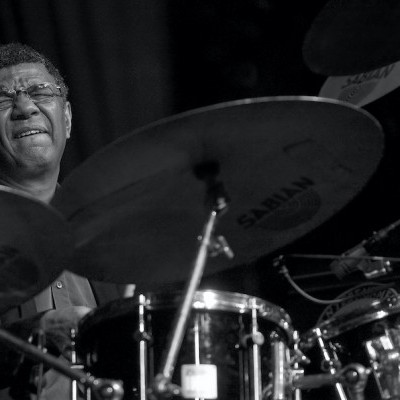
Jack DeJohnette boasted a musical resume that was as long as it was fearsome.
Oct 28, 2025 10:47 AM
Jack DeJohnette, a bold and resourceful drummer and NEA Jazz Master who forged a unique vocabulary on the kit over his…
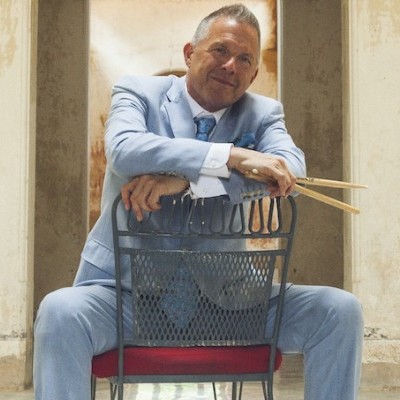
Always a sharp dresser, Farnsworth wears a pocket square given to him by trumpeter Art Farmer. “You need to look good if you want to hang around me,” Farmer told him.
Sep 23, 2025 11:12 AM
When he was 12 years old, the hard-swinging veteran drummer Joe Farnsworth had a fateful encounter with his idol Max…
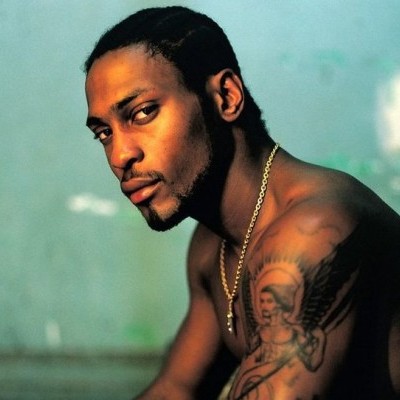
D’Angelo achieved commercial and critical success experimenting with a fusion of jazz, funk, soul, R&B and hip-hop.
Oct 14, 2025 1:47 PM
D’Angelo, a Grammy-winning R&B and neo-soul singer, guitarist and pianist who exerted a profound influence on 21st…

Kandace Springs channeled Shirley Horn’s deliberate phrasing and sublime self-accompaniment during her set at this year’s Pittsburgh International Jazz Festival.
Sep 30, 2025 12:28 PM
Janis Burley, the Pittsburgh International Jazz Festival’s founder and artistic director, did not, as might be…
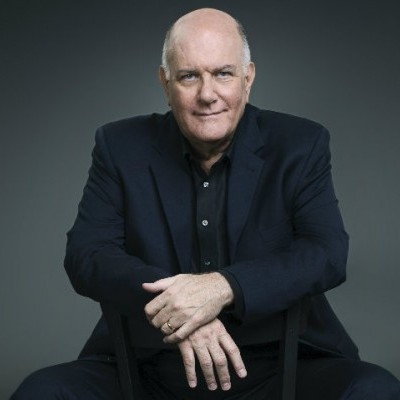
Jim McNeely’s singular body of work had a profound and lasting influence on many of today’s top jazz composers in the U.S. and in Europe.
Oct 7, 2025 3:40 PM
Pianist Jim McNeely, one of the most distinguished large ensemble jazz composers of his generation, died Sept. 26 at…